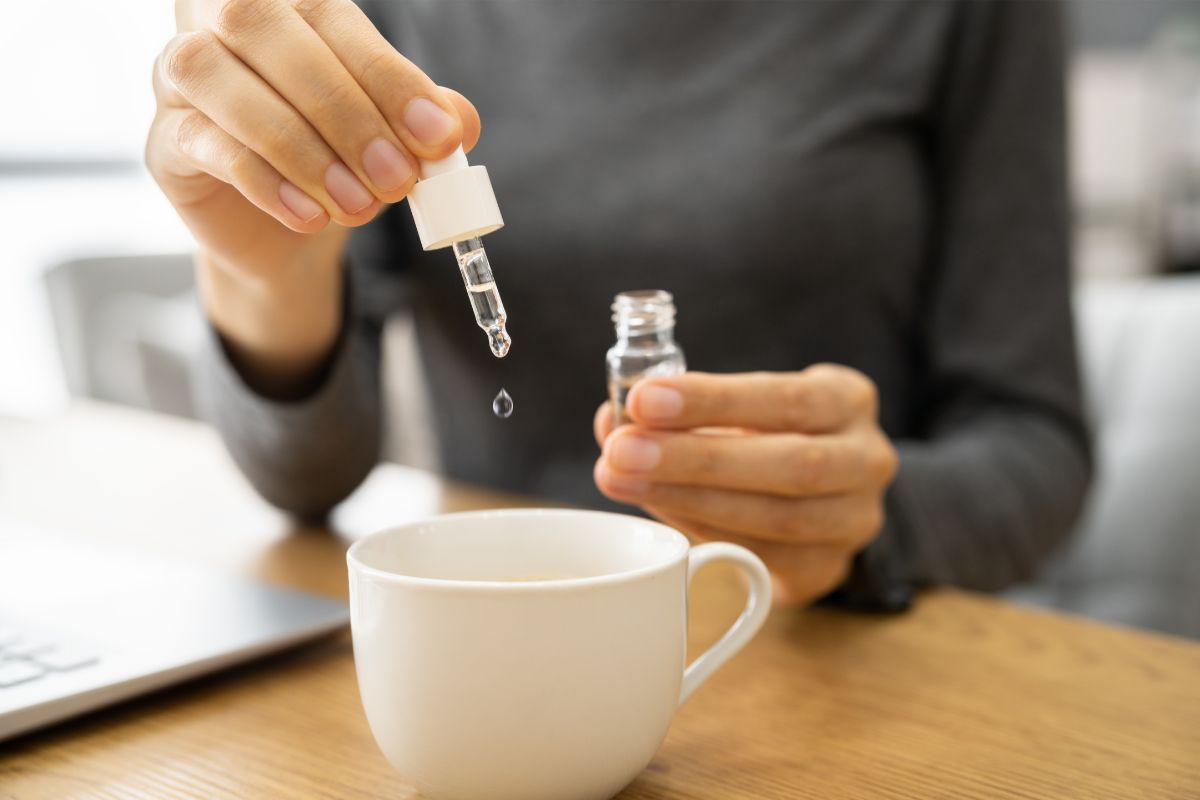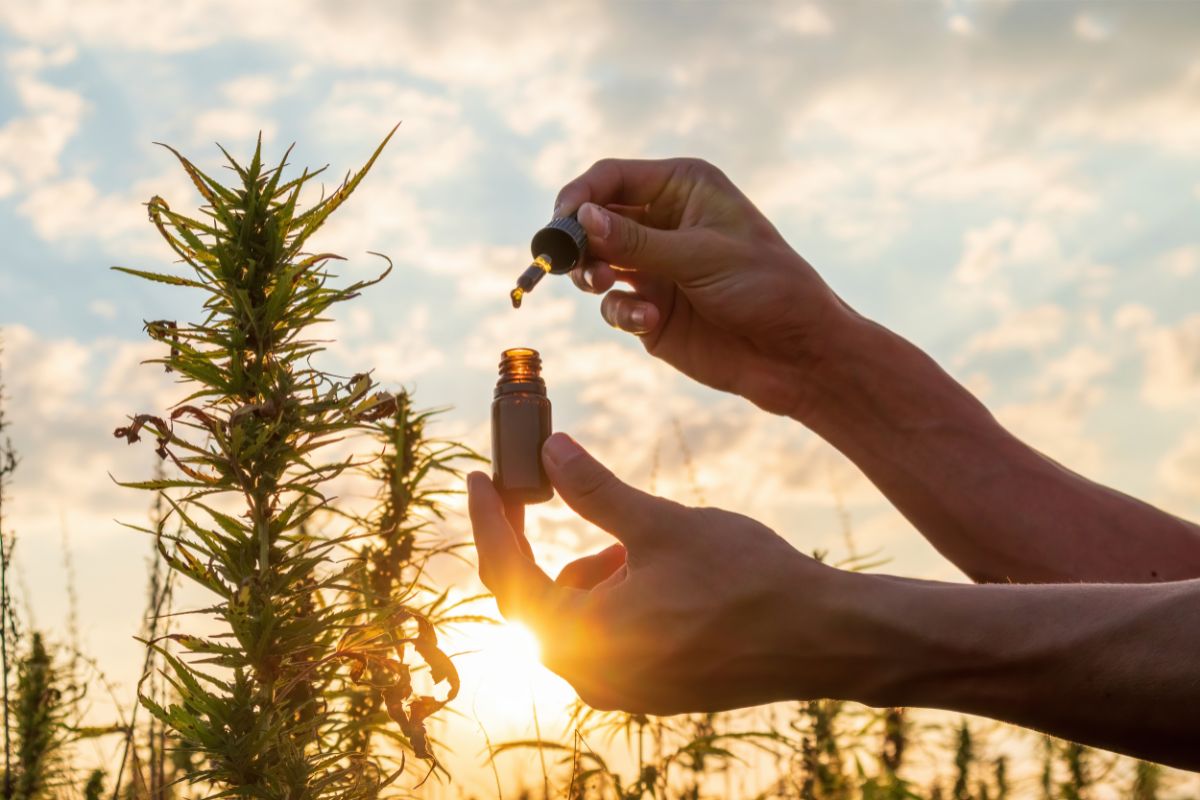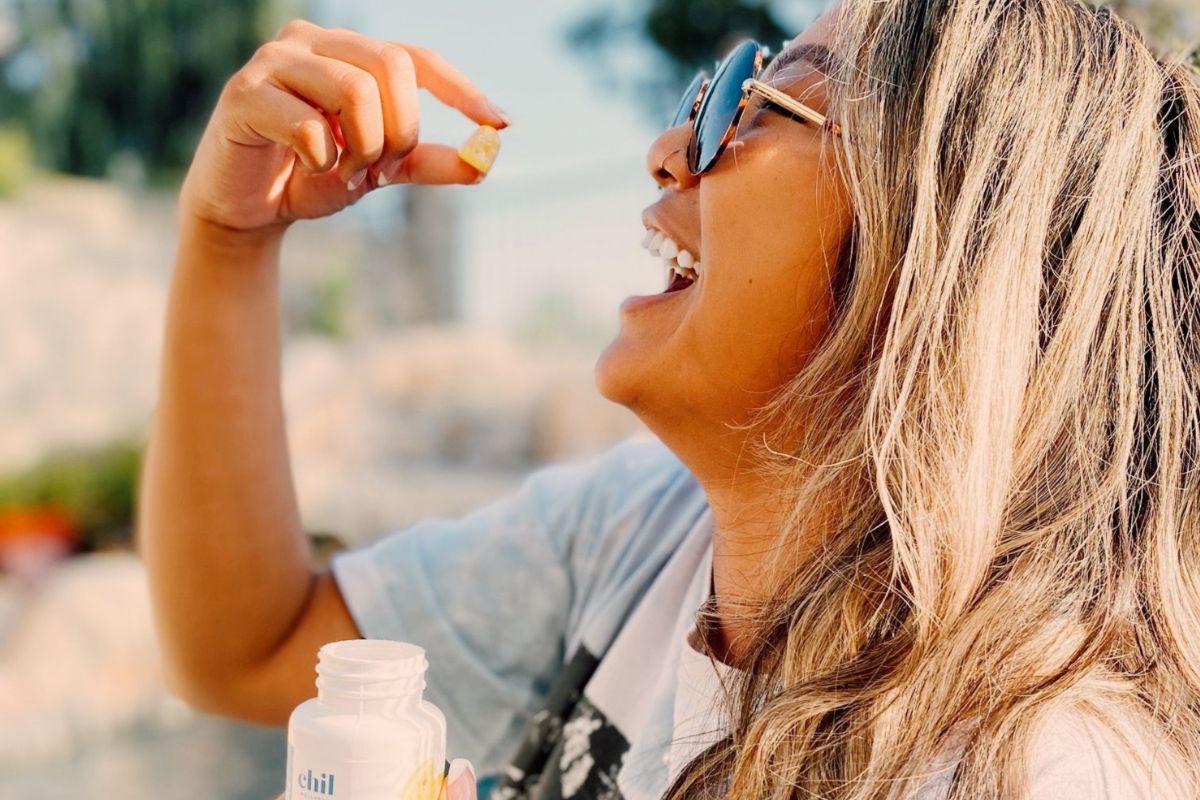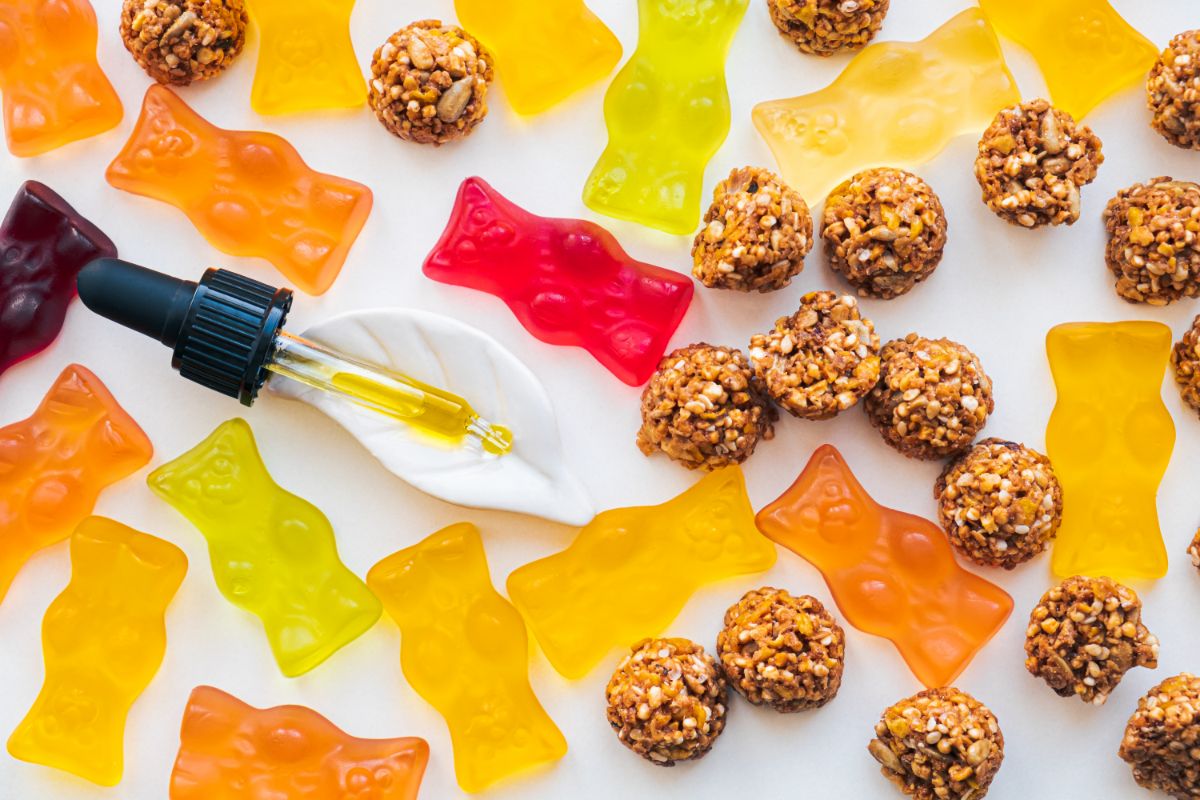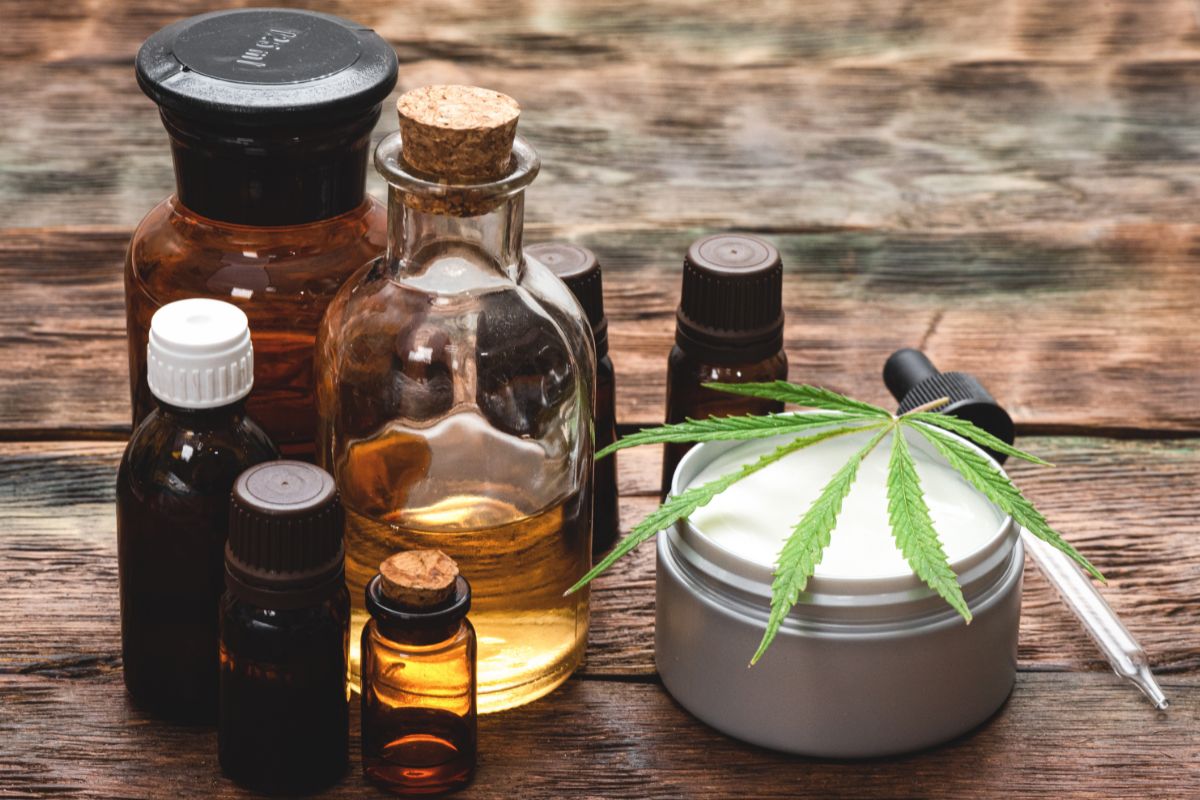CBD products have become incredibly popular in recent years, particularly amongst those looking for physical and mental relief without relying on pharmaceuticals.
One notable form of CBD is oil, which can be applied via a dropper directly into the mouth, or added to food and other substances.
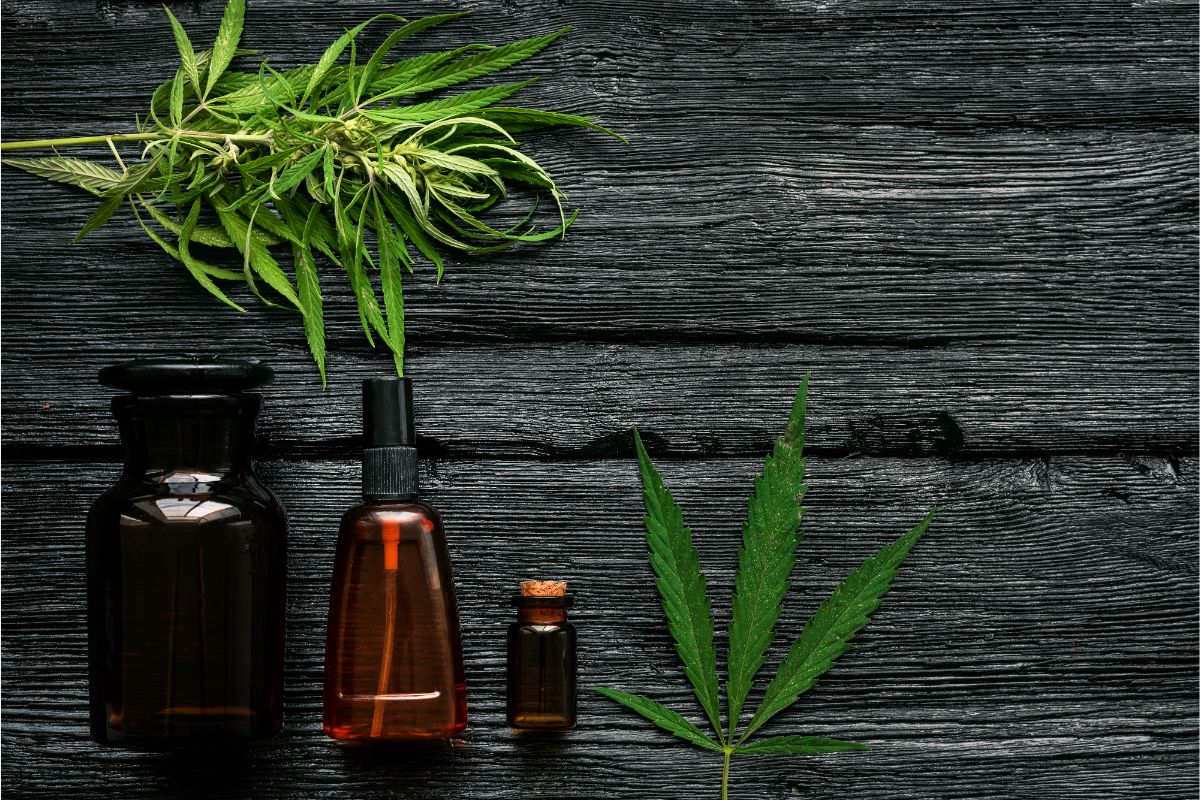
But what exactly does CBD oil taste like, and what are the benefits?
What Are The Benefits?
Like most CBD products, CBD oil (see also: When Is The Best Time To Take CBD Oil?)can be great for physical pain relief – including chronic conditions and illnesses – lessening painful or intense inflammation, and even improving common mental health conditions like anxiety and depression.
This is why they are so widely utilized, and why many people have made oils and other products a regular part of their health and wellbeing routine.
What Does CBD Oil Taste Like?
CBD oil can taste very different, depending on the concentration, the ingredients, and whether the specific brand has been mixed with anything extra.
However, generally speaking, the taste of CBD (see also: What Does CBD Look Like?)oil is rich, earthy, and a complex mixture of organic tasting flavors – perhaps most associated with vegetation, which is precisely what it is.
Broad spectrum extracts can often taste different, however CBD – cannabinoids that have had the THC removed – tend to follow the above flavor palette.
Does CBD Taste Nice?
This is somewhat a subjective question, and depends greatly on the personal preferences of the user. While most people can tolerate the taste, and maybe even enjoy it, most people consume it in such a way where flavor is not a problem.
This is generally due to the small amount they are consuming – usually a couple of drops every day – or because they are adding it to meals and beverages as a simple food supplement.
Is CBD Oil Greasy?
One of the problems with CBD oil is indeed the consistency, which as an oil, can indeed be greasy in the way it feels. This is why a lot of people tend to add it to strong tasting food and other concoctions where the texture and taste do not interfere with the existing flavors.
However, the best way to get rid of the greasy texture is to take it with a glass of water – either during or after – and then wipe your mouth dry to remove the slippery residue.
What Affects The Taste?
There are many reasons for the taste of CBD oils, and they can vary depending on the brand, potency, or the ingredients used.
The Type Of Extract
Generally speaking, there are three main types of CBD extract: full spectrum, broad spectrum, and CBD isolates.
Full spectrum is the purest and closest to the actual plant, with nearly all the plant being utilized to create the CBD oil or product. This includes THC, which can be found in small doses with this brand of CBD.
Broad spectrum on the other hand is much more processed and refined. This means that THC and other compounds have been completely removed from the final product – or at the very least to such an extent where they no longer have a psychoactive effect.
CBD isolates are even more refined, meaning that only the CBD itself remains. These are often the weakest, and are most commonly used as over the counter products in drug stores.

Terpenes In The Plant
Most plant types contain things called terpenes – fragrant compounds that add to the taste and aroma of the plant product.
These have the benefit of keeping the plant safe by dissuading predators, attracting insects for the plant to consume – or to pollinate the plant – and are what create some of the most recognizable plant scents that we all know and love.
These have a distinct effect on the flavor of CBD oil, and depending on the ingredients, this flavor can be stronger or more sedate.
The Carrier Oil
Before a CBD product can be fully completed, it is combined with the carrier oil. This dilutes it, and acts as the literal carrier to ease consumption – not to mention to make it more liquid for use with a dropper.
The flavor of such oils can have a distinct impact on the overall taste of the final CBD (see also: How To Flavor CBD Oil: 5 Great Options For A Better Taste)oil, which means that choosing the right carrier oil is half the battle when it comes to creating a pleasant tasting product, and a horrible one.
While all come with their unique flavor profiles, the most common is hemp oil – as this comes from the same plant as the CBD, and complements the existing flavors well.
Flavorings & Additives
Of course, there might also be other flavorings and additives added to the CBD oil, and depending on the volume and concentration, these can have a distinct impact on the final flavor.
These can range from fruit, to more botanical flavorings, so it is down to the consumer to experiment and see which flavors they like best.
What Can CBD Oil Be Added To?
As mentioned above, CBD oil remains a popular additive for meals and beverages, with people using it in the same way as a food supplement – reaping the benefits in a more passive way.
There are numerous ways this can be added to food, and the only limitations are your own imagination.
However, some notable ideas include salad dressings, sauces, and other strong tasting liquids where the existing – and often polarizing – flavor of the oil does not taint or overpower everything else.
Final Thoughts
And there we have it, everything you need to know about CBD oil, and what exactly it tastes like.
It’s true that CBD and its associated products have become incredibly popular all around the world, offering pain relief, mental balance, and relaxation to those who need it – not to mention in a safe, professionally produced manner.
So if you want to see what all the fuss is about, then why not give CBD oil a try?
- Is CBD Legal In Nebraska? - January 16, 2023
- FabCBD Review - January 16, 2023
- Full Spectrum Vs Broad Spectrum For Anxiety - January 16, 2023


